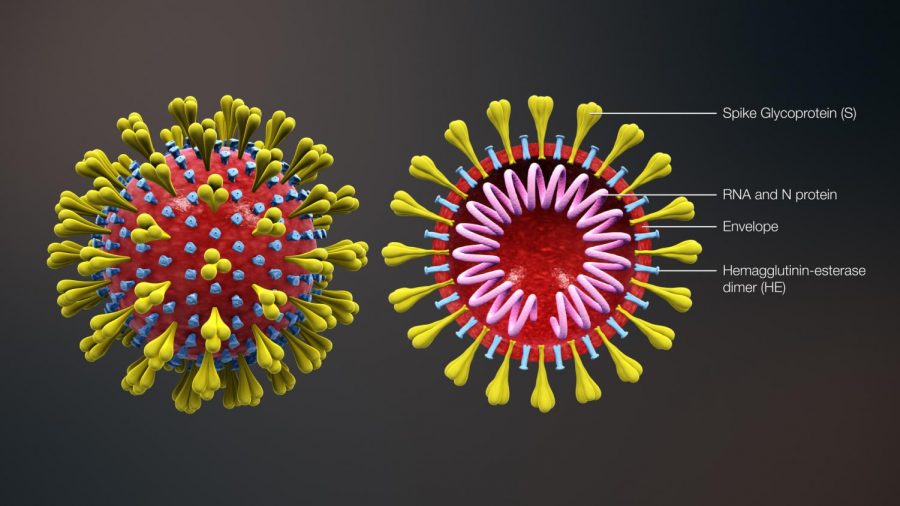Covid-19 Coronavirus: How Worried Should We Be?
This is the novel coronavirus spoken of across the world.
The Novel Coronavirus Covid-19 is making headlines across the world.
Dr. Nancy Messonnier, director of the Centers for Disease Control and Prevention’s National Center for Immunization and Respiratory Diseases, told reporters on Tuesday the 25th, “Ultimately, we expect we will see community spread in this country,” Messonnier said. “It’s not so much a question of if … but rather more a question of exactly when this will happen and how many people in this country will have severe illness.”
The reaction to this has been panic across America. The stock market tanked overnight going down 3.15%.
It seems that to most officials the spread of pandemic proportions in the US seems inevitable.
What does this mean?
According to the Center for Disease Control (CDC), “Widespread transmission of COVID-19 in the United States would translate into large numbers of people needing medical care at the same time. Schools, childcare centers, workplaces, and other places for mass gatherings may experience more absenteeism.”
This means that people will be encouraged to stay inside and this could affect the world in a lot of different ways.
For instance, as said in the quote above places with mass gatherings will be empty of people meaning that business will hurt and schools will most likely not be as widely attended.
The panic from the media and people alike has people wondering how severe this could be.
According to CDC “the potential public health threat posed by COVID-19 is high, both globally and to the United States.”
While the sound of a pandemic is scary, the definition according to The World Health Organization (WHO) is, “a worldwide spread of a new disease.”
It seems scary but even a new strain of the flu could be considered a pandemic. The scary thing is that this novel coronavirus has a much higher death rate than the flu. It is important to note that the mass media will dramatize the situation but the situation is precarious. The fact that the CDC and WHO are worried would indicate that the level of danger the media projects is justified.
While comparisons are made to the 2002 Severe Acute Respiratory Outbreak (SARS), the outbreak had a much higher fatality rate but a lower infection rate. The death rate of Covid-19 is roughly 2 percent.
However, the infection rate of Covid-19 has peaked at 80,000 whereas SARS was about 8,000 infections. The CDC says that the new virus has the potential to be dangerous but hinges on how infectious it is and the death rate. Until further information is made the world is left to worry.

Mario is a Senior at Tyrone Area High school. If you were to see Mario in the hallway you would first notice his messy hair which wouldn't look out of...













Kelly Lugo • Mar 12, 2020 at 2:56 am
I have MS Multiple Sclerosis how worried should I be and what restrictions should I put on myself.